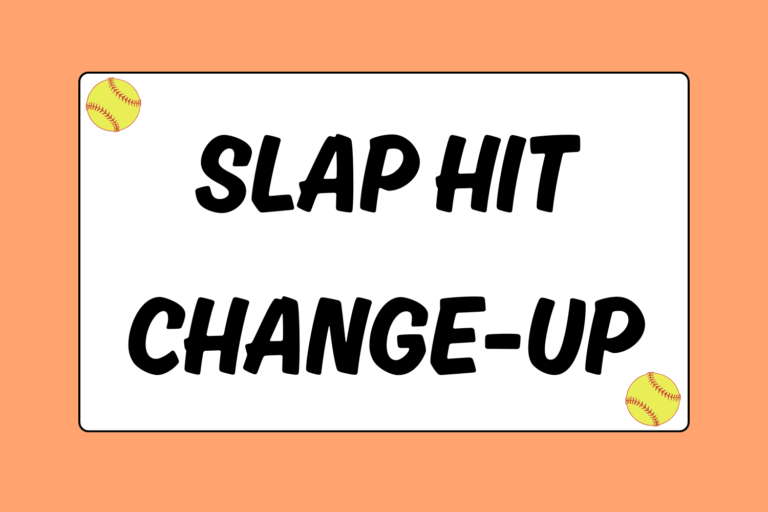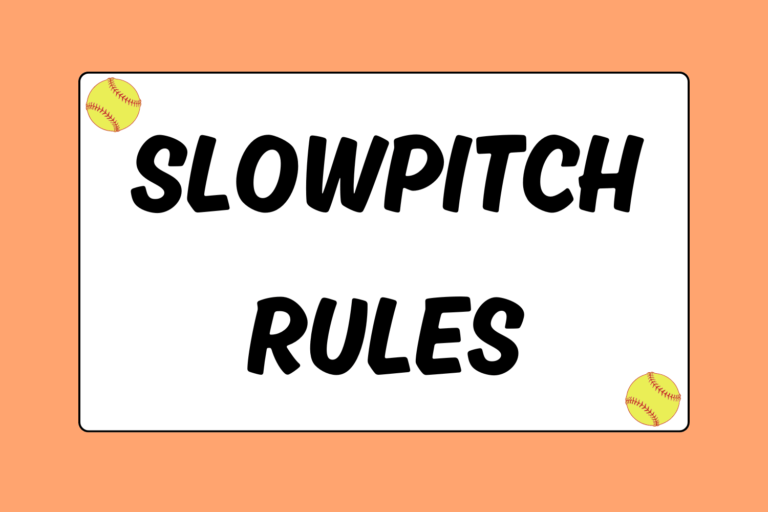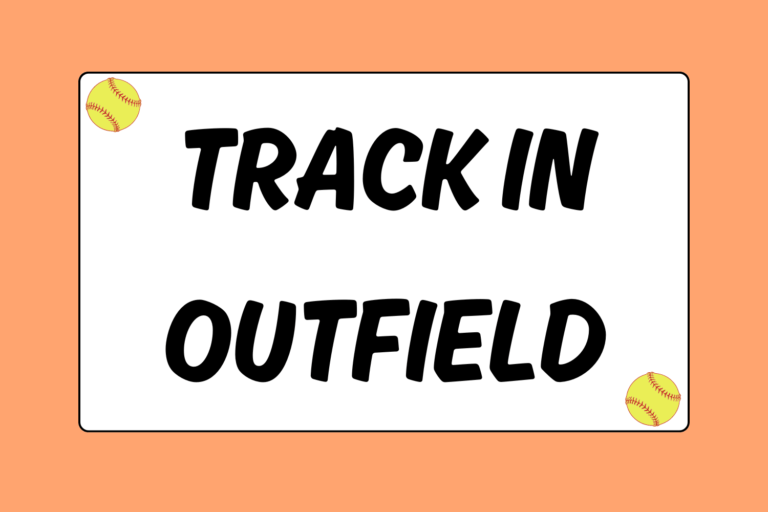A batter steps into the left side of the batter’s box. What do you do? Play up or stay back? In today’s game, you’ve got to expect the slap and be ready for the bunt. Slappers succeed by putting the ball in play and taking advantage of their speed. With a fast runner, your defense may have less than three seconds to execute the play to throw her out. Think you’re ready? Follow the tips in this guide and you will be!
The Infield
The first and third basemen should be playing up for the potential bunt. The shortstop and second baseman also need to be creeping forward.
Both the second baseman and the shortstop need to position themselves in front of the baseline. The reason for this is that a slapper’s goal is to pound the ball into the dirt. Her strategy? One bounce and she’s safely on first base. That means every infielder needs to be forward enough to field that single hop and make the throw to first base.
For the shortstop and second baseman, the most ideal place to play is right behind, if not in line with, the pitcher. This may seem extremely close to the batter, but you have to think of it in these terms:
If the batter hits a hard line drive through the infield, she’ll be safe anyway. Whether you are playing forward or playing in the base line, a hard hit through a hole will be a base hit. Creeping forward will not change this, but it will give you an advantage on one-hoppers and it can help cover the hole by cutting down on the angle.
The 5-6 Hole
If you play third base or shortstop, consider yourself on center stage. A slapper’s strategy is to slap the ball down the third base line or straight through the 5-6 hole (between the shortstop and third baseman).
As a shortstop, you need to know that by creeping forward, you are cutting off her angle and making that hole a lot smaller. However, be ready for a high bounder above the third baseman’s or pitcher’s head — those are your responsibilities!
If you are the third baseman, be ready to block any hit down the line. Dive, drop to a knee, field it on the run — do whatever it takes to block that ball! You won’t catch anything waiting back on your heels!
Fun Fact:
Have you ever heard of the Baltimore Chop? If you’ve never heard of the term, it’s probably because it’s hardly used in modern Major League Baseball. The Baltimore Chop was a hitting technique used by batters during MLB’s dead-ball era. The batter, like a slapper, would intentionally “chop” at the ball, hitting it into the ground right in front of home plate. Just like a slapper in softball, they wanted to get a high enough bounce that they’d reach first base safely.
The Outfield
The outfield will also move inward towards the dirt. Often a strong center fielder will really test the slapper and creep in anywhere from 10 to 20 feet off the dirt. The left fielder may hang back a bit (ready for the pull), and the right fielder may also stay back a bit (ready for the pop up). Why would the center fielder play this close? The same reason why the shortstop and second basemen creep forward: Risk.
If a slapper misses, she will likely hit a pop up. These will be weak and to an infielder, or maybe strong enough to hit the outfield grass. This is why the centerfielder needs to be forward — for that pop up!
A slapper is not likely to drive the ball over your head. But if you are playing close enough, you can make any catch that barely passes the infield a can o’ corn.
However, be wary of power slappers. If there is a lefty who can swing away, slap, and slap for power, you don’t need to creep in quite as much. You will still need to inch forward for the slap, but just come far enough in that you’d be able to catch a pop up where the dirt meets the grass. (Having to dive is okay!)
The Shift
The outfield will also shift to the left because a slapper is more likely to hit the ball to the opposite field than she is to pull it. A slapper’s technique is to hit the ball off her back hip. Therefore, it’s unlikely she’ll pull a ball to right field. Here is a quick rundown of the proper outfield shifts:
- Right field: Get off the line. Creep towards center field, and dare the slapper to hit down the line by leaving it open.
- Center field: Situate yourself on the left side of second base. By doing this, you are putting yourself in the spot where most slappers aim to hit. Just be ready to dive to the right if needed.
- Left field: Stay put or creep a little closer to the line. The only reason why a ball should get past third base is if it was hit hard down the line. If you are there, you can hold the batter to a single.
Mental Edge
The center fielder and the left fielder need to work together to cover the 5-6 hole. If you do this correctly, you can take away the slapper’s game. But never get too settled in the shift. If you are an outfielder, you play there because you have great range and speed. So if the ball happens to be hit elsewhere, hustle after it! Dive, catch it on your shoe strings, drop to a knee — do whatever you can to prevent the batter from taking extra bases.
Throw Her Out!
A slapper is stoppable; you just need to have the right defense. Use this guide as the foundation for your defense, making adjustments as necessary to accommodate the game and the specific slapper you happen to be facing. Defense has to be adaptable, so move around as necessary to create the best coverage, batter-by-batter. Practice makes perfect when it comes to defense, and when defending a slapper, you don’t have a moment to lose.





